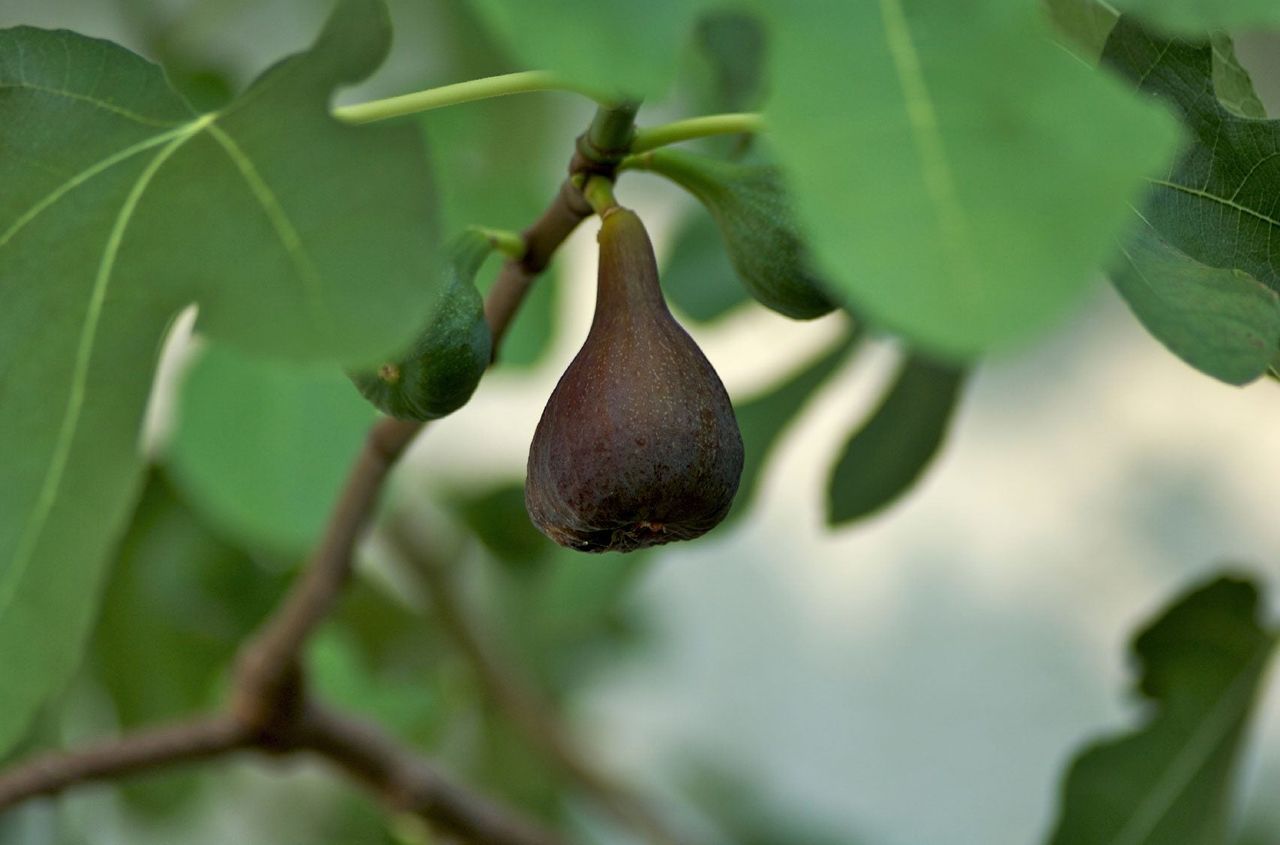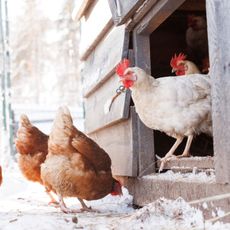Fig With Small Fruit: Why Are My Figs Too Small

There's nothing like taking a bite of a big, sweet, juicy fig. If you happen to be lucky enough to have a fig tree in your home garden, then conversely, there is nothing more tragic than small, inedible figs on the tree. What then are some reasons for a fig with small fruit and are there any solutions?
Why is My Fig Tree Fruit Small?
Figs are unique among fruit. Unlike most fruit, which is composed of edible matured ovary tissue, a fig is actually an inverted flower with both male and female parts enclosed within the stem tissue. Once ripened, the fig contains the remains of these flower parts, including what we most commonly refer to as seeds. It is these “seeds” that give the fig its unique flavor. A fig is at its peak when the fruit is large, plump, and juicy, so when a fig tree produces small figs, this is a problem. Some varieties of fig tree do bear smaller fruit, so if you want large figs, try planting a different variety, such as ‘Brown Turkey,' which bears some of the largest fruit among the cultivars. Fig trees have shallow root systems which are sensitive to stress. Overly hot, dry weather and lack of irrigation will definitely result in figs that are too small or even trigger fruit drop.
How to Fix Small Figs on Trees
When fig tree fruit is small, there are things you can do -- mostly in the form of prevention. To combat a fig with small fruit, be sure to mulch around the tree, maybe even set up a drip hose under the mulch to keep it irrigated. Figs will tolerate most types of soil, so long as it is well-draining. Poor drainage decreases the amount of oxygen available to the tree and may result in figs that are too small, fruit that will not ripen or just drop. Avoid areas where water stands for more than 24 hours. Plant fig trees in an area with maximum sun exposure to promote a good fruit set and avoid a fig tree that produces small figs. Only minimal fertilization is needed; a spring application of fertilizer for trees in the ground and a few times through the summer for potted figs. Speaking of potted figs. Figs grow very well in containers, which restrain their root growth and allow more energy to go to a flourishing fruit set. They do need more frequent watering than those grown directly in the garden soil. Container-planted figs should be repotted and the roots pruned every two to three years to foster plump fruit and avoid figs that are too small. Bring potted figs inside in late fall and overwinter in a cool area while keeping the soil moist. Once all danger of frost has passed, bring the fig back outside into a southern exposure. Lastly, it is important to purchase a self-fruiting cultivar: those not requiring cross-pollination. Or, if you have a male fig tree, plant a lady friend close by to allow for pollination via the honeybees. This will aid in gaining a good fruit set with plump, juicy fig production.
Gardening tips, videos, info and more delivered right to your inbox!
Sign up for the Gardening Know How newsletter today and receive a free download of our DIY eBook "Bring Your Garden Indoors: 13 DIY Projects For Fall And Winter".

Amy Grant has been gardening for 30 years and writing for 15. A professional chef and caterer, Amy's area of expertise is culinary gardening.
-
 Winterizing Chicken Coop Pens And Boxes: 5 Steps To Keep Chickens Safe & Warm
Winterizing Chicken Coop Pens And Boxes: 5 Steps To Keep Chickens Safe & WarmWinterizing chicken coop pens and boxes is a crucial way to keep your chickens safe and warm in the cold season. Follow our five steps for happier, healthier chucks
By Bonnie L. Grant
-
 Ditch The Gym: 5 Gardening Activities That Give A Better Workout
Ditch The Gym: 5 Gardening Activities That Give A Better WorkoutSkip grueling workouts at the gym and get fit in your garden! These gardening activities will give you a better workout while growing something amazing.
By Mary Ellen Ellis